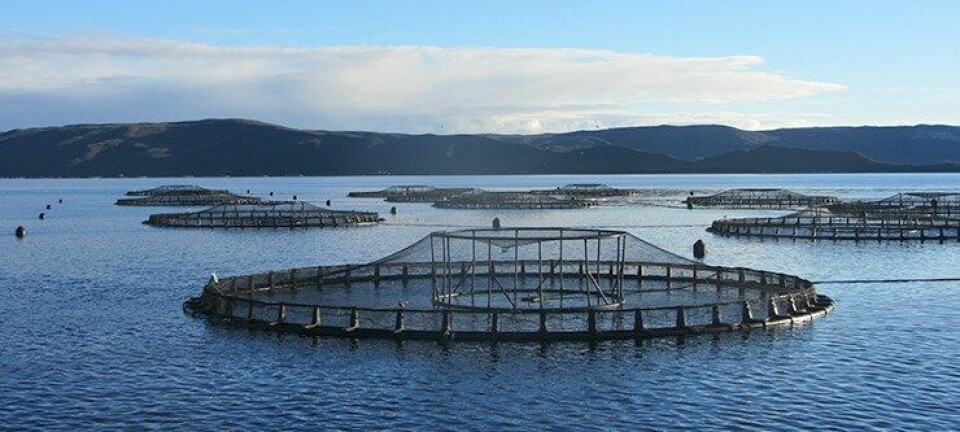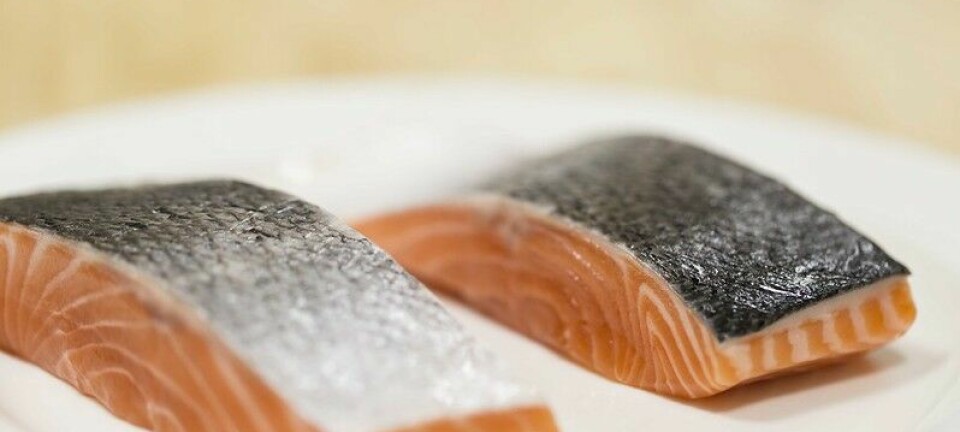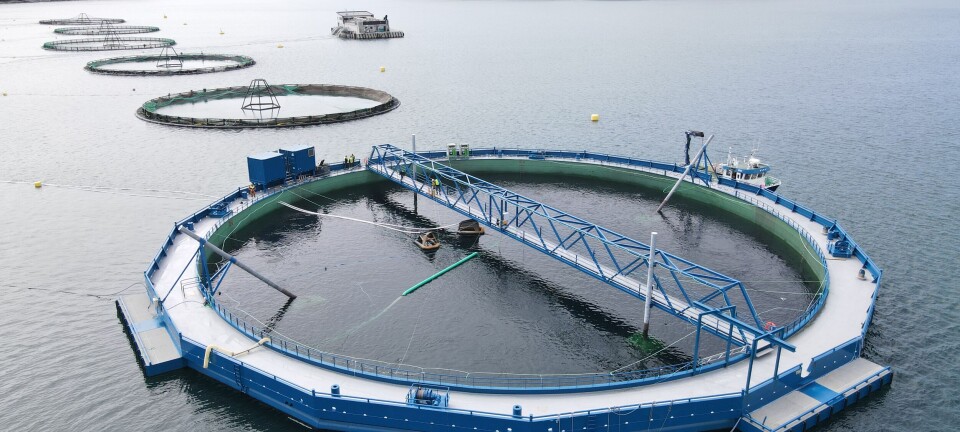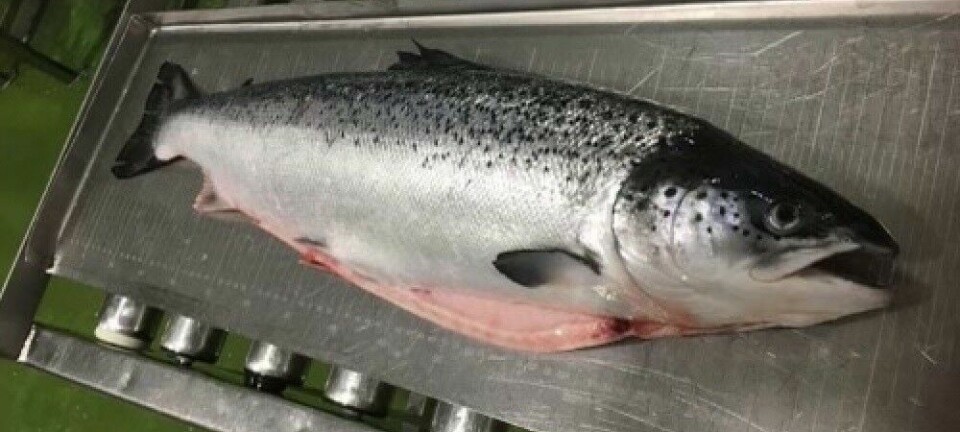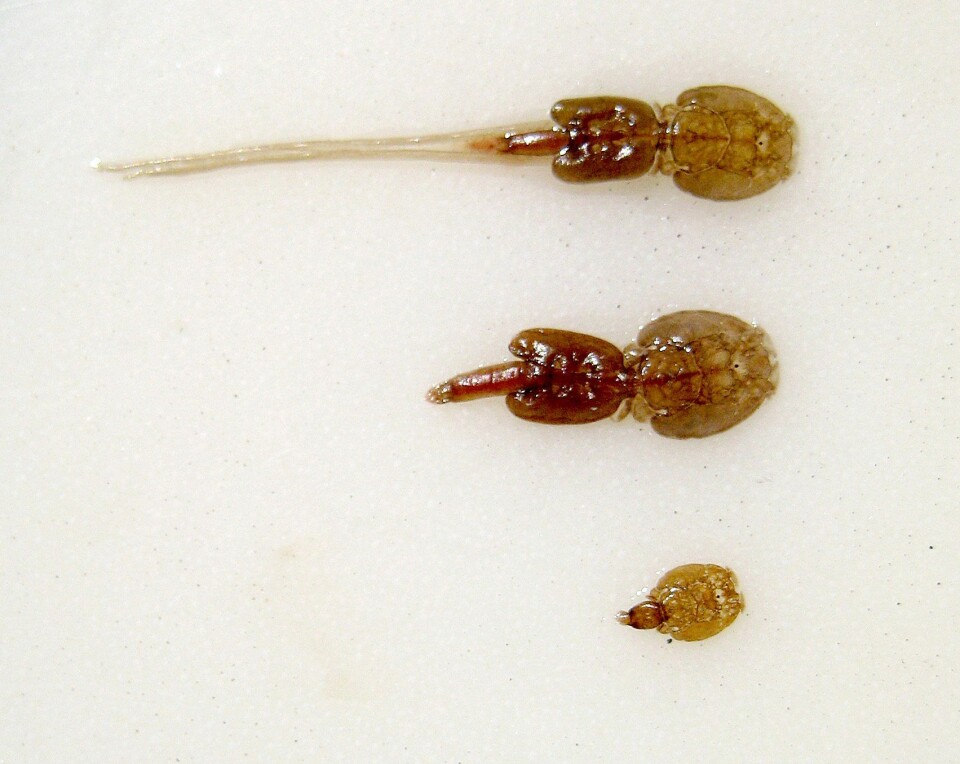
All about sex
According to a group of researchers in Canada, the aquaculture industry should be paying much more attention to sexual differences in sea lice.
In a study accepted today in the scientific journal BMC Genomics, a consortium of scientists from the Centre for Biomedical Research, Department of Fisheries and Oceans, Institut de Biologie Intégrative et des Systèms, and the Atlantic Veterinary College have started to unravel the importance of sex in the salmon louse, Lepeophtheirus salmonis.
Salmon lice display sexual dimorphism in many areas, including morphology, physiology, and behavior. Some characteristics that differ among female and male sea lice include host-switching, mate location, and blood feeding, to name a few.
One particularly important characteristic that differs among sexes is drug tolerance – male sea lice have been shown to tolerate higher concentrations of emamectin benzoate (SLICE), than females.
Because of this sexual dimorphism, scientists have been interested in identifying sex-biased genetic signatures in sea lice, to help elucidate the relationship between sexual selection and sexually dimorphic characteristics.
The lead author on the study, Jordan Poley, spoke with Fish Farming Expert about the novelty of the research.
“We assessed the gene expression differences between sexes of sea lice using a 'consensus-based approach' across multiple populations and subspecies,” Poley said.
Lice from both the Pacific and Atlantic Ocean were included in the study, and both populations showed the same thing: there are big differences at the genetic level between male and female sea lice.
“This allowed us to define genomic signatures related to sexually dimorphic ontogeny, morphology, behaviour, energy expenditure, mobility, and immunity”, he said.
Industrial implications
Poley explained the significance of this work to the aquaculture industry.
“These signatures might also be important in tolerance and/or resistance to drugs, as well as help guide scientists in development of novel drugs."
The study describes key genetic differences between male and female sea lice that provides important insight into the molecular mechanisms controlling sexual dimorphism in the salmon louse.
The results show that sex-biased gene expression is abundant in sea lice and is likely to control several aspects of sexual dimorphism in this species, including immunity, energy expenditure, morphology, feeding, and mobility.
This will be important to consider for industry-relevant applications in areas such as parasiticidal drug response, reproductive roles, and host-parasite relationships.
"These [differences] will be invaluable for the salmon farming industry as they could potentially impact parasite control strategies," Poley explained.
Currently, farms commonly group preadult male and female lice together when performing routine counts. However, this research suggests that separating the lice by sex may be much more informative.
“We identified numerous genes putatively involved in reproduction which could be useful for targeted knock-out/down strategies in future experiments and drug therapies,” said Poley.
“Furthermore, informed management strategies will require detailed modelling of the lice population dynamics on farms. This process is dependent on a sound understanding of the behavioural and anatomical differences related to reproduction and trait selection in lice.”
“This analysis offers targets for parasite control and provides a foundation for further analyses exploring critical topics such as the interaction between sex and drug resistance, sex-specific factors in host-parasite relationships, and reproductive roles within L. salmonis,” concluded Poley.


















